- 기업 92%가 ‘생성형 AI 역량’ 필요한 직무 채용 준비 중
- I've yet to find a retro stereo amp that delivers sound as accurately for various genres than this
- Use AI at work? You might be ruining your reputation, a new study finds
- Why Whoop's policy change has fans fuming
- Apple now sells refurbished iPhone 15 models at discounted prices (including the Pro Max)
Wireless and the CiscoLive Network Operations Center
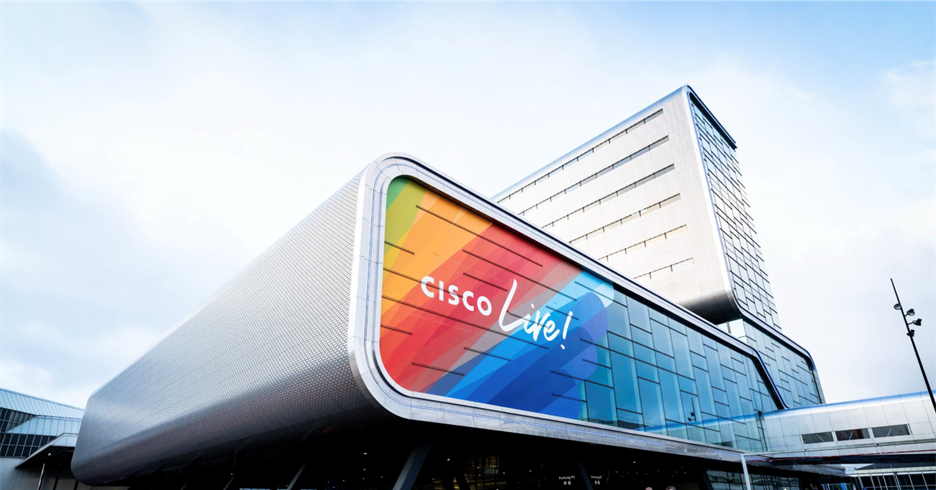
It is a privilege to serve in the CiscoLive NOC. Our team of 60 people worked hard to pre-stage, implement, and monitor the event held earlier this month at the RAI Amsterdam.
The RAI Amsterdam as seen from the south at the nhow hotel
As you can imagine it takes quite a bit of planning and effort to transform an empty conference venue into the showcase we intend for customers, partners, press and employees. The wireless involved setting up a pair of Catalyst 9800-80 wireless LAN controllers to serve the main conference of 506 Cisco Catalyst 9120, 9130, 9124 and 9166I series APs. A second pair of Catalyst 9800-80 wireless LAN controllers served the Keynote area of 92 Cisco Catalyst 9104 series APs. Finally, a third pair of Catalyst 9800-40 wireless LAN controllers served the Meeting Village and Breakout areas of 138 Cisco Catalyst 9166I/D1 (Wi-Fi 6E) series APs. The NOC team took over the management of the RAI Amsterdam’s existing APs from their WLCs to our event WLCs. Some fill-in AP installs were done to augment coverage and for the keynote area.
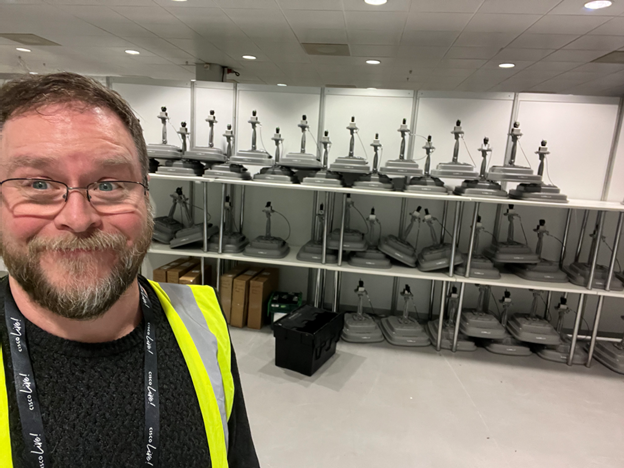 Back of house NOC work area with wireless antennas to be deployed
Back of house NOC work area with wireless antennas to be deployed
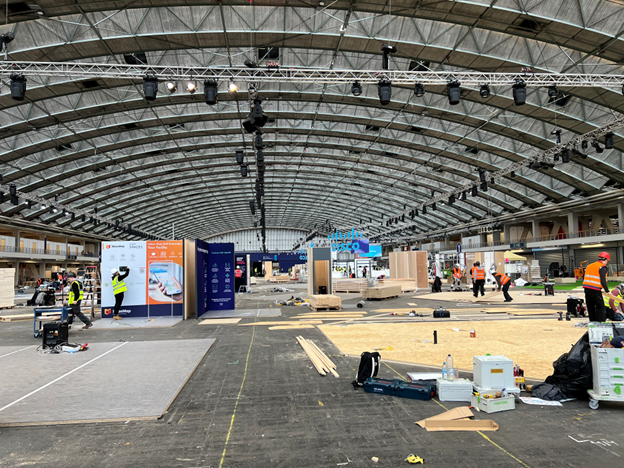
 Progressive build-out of the CiscoLive World of Solutions in RAI Amsterdam Hall 1
Progressive build-out of the CiscoLive World of Solutions in RAI Amsterdam Hall 1
We heavily rely on monitoring and management solutions like Catalyst Center, Umbrella, and ThousandEyes, to name a few. In my regular role at Cisco as part of the DevNet team we evangelize network programmability, automation, and the use of APIs. So, I tend to focus on adding additional value in the NOC through extracting the embedded telemetry and instrumentation in our products through using open source and ‘made to spec’ programs.
A typical dashboard used by the NOC may be created by a Python script extracting NETCONF/YANG, SNMP MIB or CLI ‘show command’ data from a device, then normalizing the information for injection to InfluxDB, then rendering with Grafana.
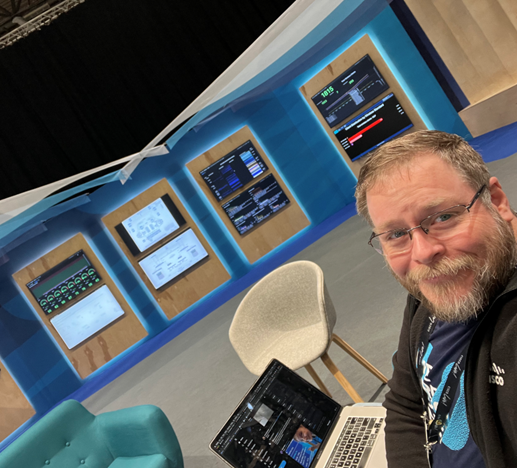 The NOC demo area in RAI Amsterdam Hall 7
The NOC demo area in RAI Amsterdam Hall 7
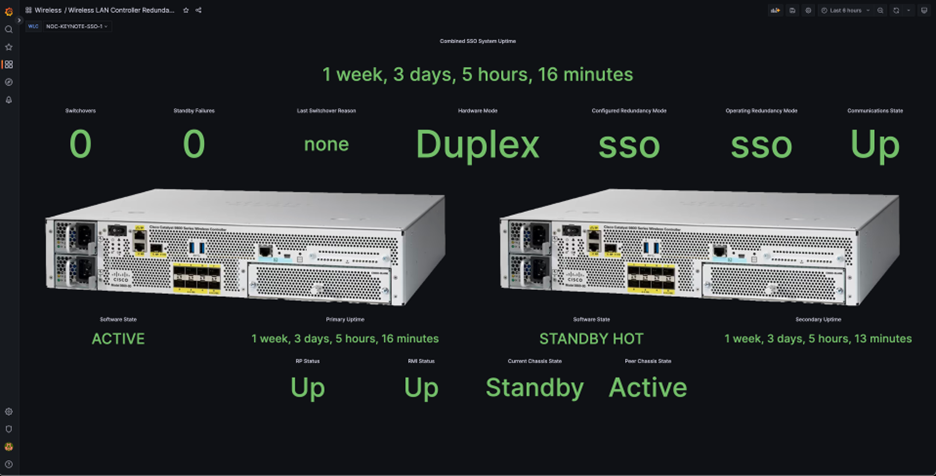 A ‘built to spec’ dashboard showing an HA pair of 9800 WLCs and their operational states
A ‘built to spec’ dashboard showing an HA pair of 9800 WLCs and their operational states
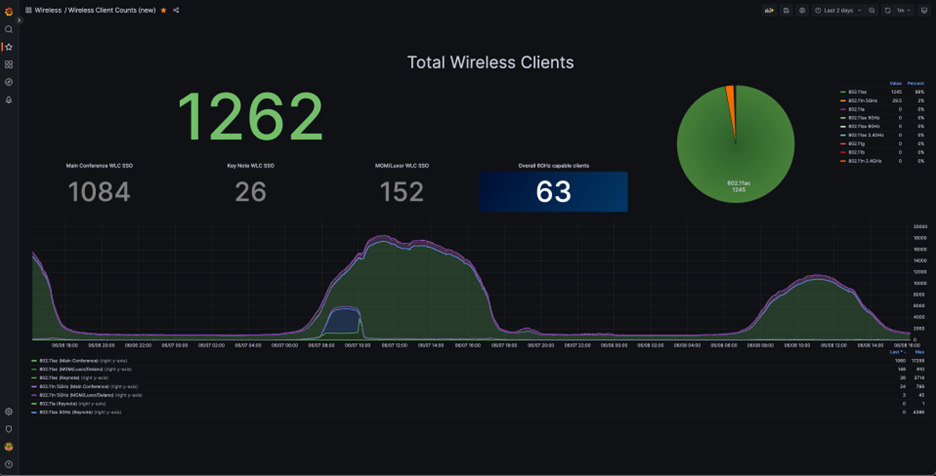 Total wireless clients by controller cluster and IEEE standard
Total wireless clients by controller cluster and IEEE standard
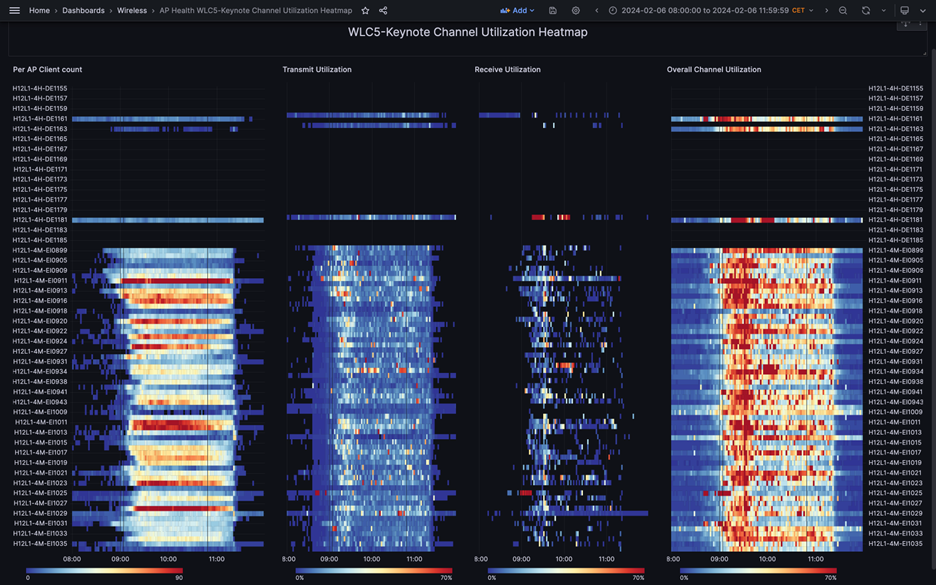 Heatmap showing wireless client counts, transmit/receive utilization, and channel utilization, per AP
Heatmap showing wireless client counts, transmit/receive utilization, and channel utilization, per AP
Our newest dashboard, created this year for CiscoLive Amsterdam, was a Sankey diagram depicting the wireless client count splits across SSIDs, WPA and wireless protocol capability.
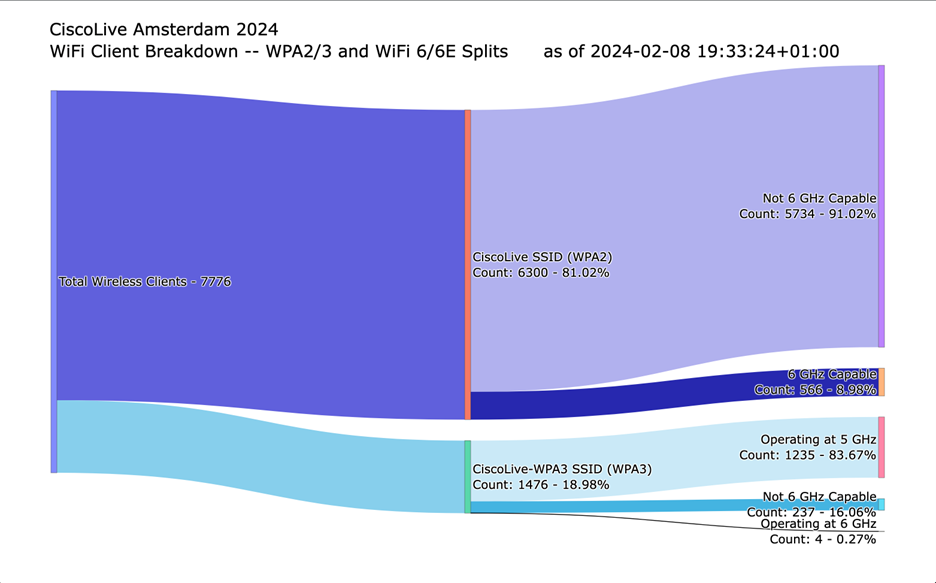 Sankey diagram identifying splits of wireless clients across SSID/WPA and wireless capability
Sankey diagram identifying splits of wireless clients across SSID/WPA and wireless capability
This dashboard helped us to understand if some clients could have a better wireless experience if they used a more optimal SSID/WPA selection. What we could see are some clients defaulted to or picked the ‘CiscoLive’ SSID serving WPA2, the second generation Wi-Fi Protected Access wireless security protocol. However, 9% of these were also Wi-Fi 6E (6 GHz) capable. We know the Wi-Fi Alliance mandated support for WPA3 security for Wi-Fi 6, so all 802.11ax radios must support WPA3. Those clients could have received a better experience connected to the ‘CiscoLive-WPA3’ SSID, as mentioned on the back of the attendee badges. Sometimes problems are solved technologically – other times, socially. ????
We are also interested in the adoption rates and ratios of clients to IEEE standard. A few dashboards helps us specifically identify those clients by SSID and others without the SSID categorization.
 Wireless client distribution by SSID and wireless standard
Wireless client distribution by SSID and wireless standard
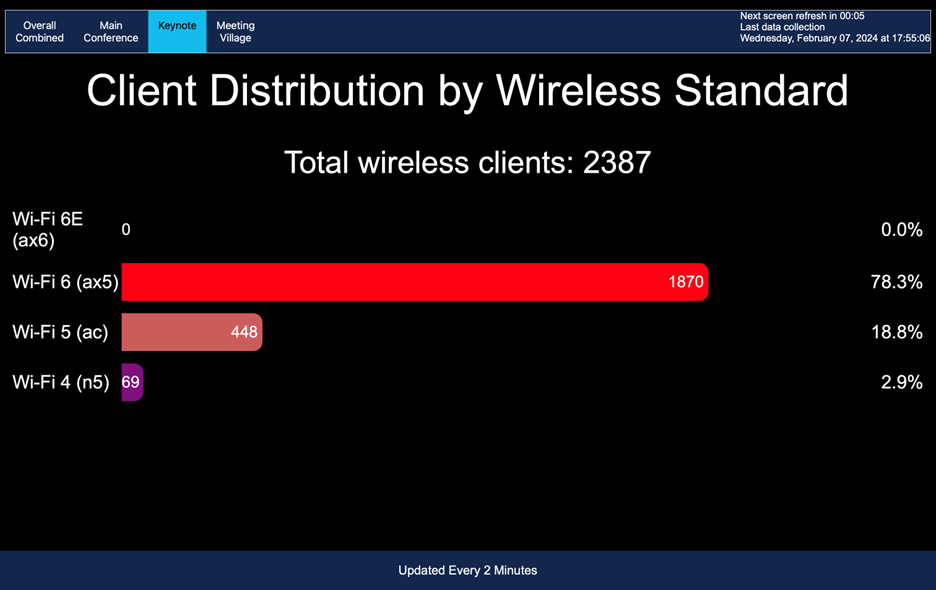 Dashboard showing ratios of wireless clients by wireless standard
Dashboard showing ratios of wireless clients by wireless standard
The event saw the maximum number of wireless clients, 16024, on the second day, February 7 at 12:06 CET. In that 20.17% of the clients were using Wi-Fi5 (802.11ac), and 75.97% were Wi-Fi6 (802.11ax 5GHz). Comparing this to last summer’s CiscoLive US in Las Vegas, we grew from 66.8% Wi-Fi6. Finally, compared to last year’s CiscoLive Europe in Amsterdam 2023, we grew from 62% Wi-Fi6. Considering the years spent on Wi-Fi 5 (802.11ac), it’s nice we’re seeing migration to newer capabilities.
Moving forward we will build even more reports and dashboards to gain other insights about adoption and how we can make technology even more seamless.
Here’s a YouTube video with more background
Share:

